7 GPTs for Art Style Powered by AI for Free of 2025
AI GPTs for Art Style refer to advanced artificial intelligence tools based on the Generative Pre-trained Transformer (GPT) framework, specifically designed to cater to tasks and topics related to art styles. These tools leverage the power of machine learning to understand, generate, and manipulate artistic content in various styles. By analyzing vast amounts of art-related data, they can assist in creating art, identifying styles, and providing insights into art trends. This specialized application of GPT technology demonstrates its adaptability, offering tailored solutions that enhance creativity and understanding in the art world.
Top 6 GPTs for Art Style are: ロMidjourneyロ Describe Wizard,Art Engineer,Art Essence Analyst,Watercolor Artist,8-Bit Aliens, a text adventure game,Artistic Insights with Enhanced Knowledge
ロMidjourneyロ Describe Wizard
AI-driven creative prompt generation for Midjourney

Art Engineer
Decipher and Recreate Art with AI
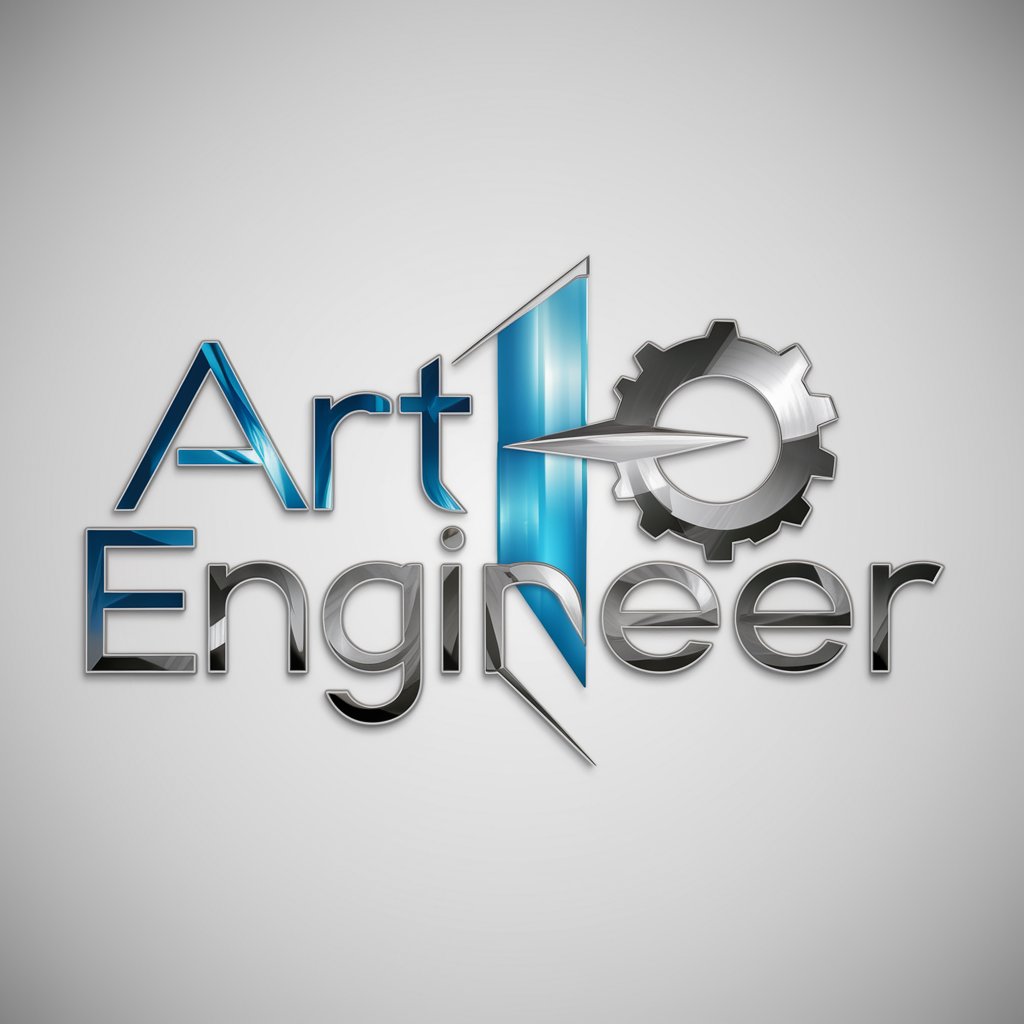
Art Essence Analyst
Decoding Art's Essence with AI
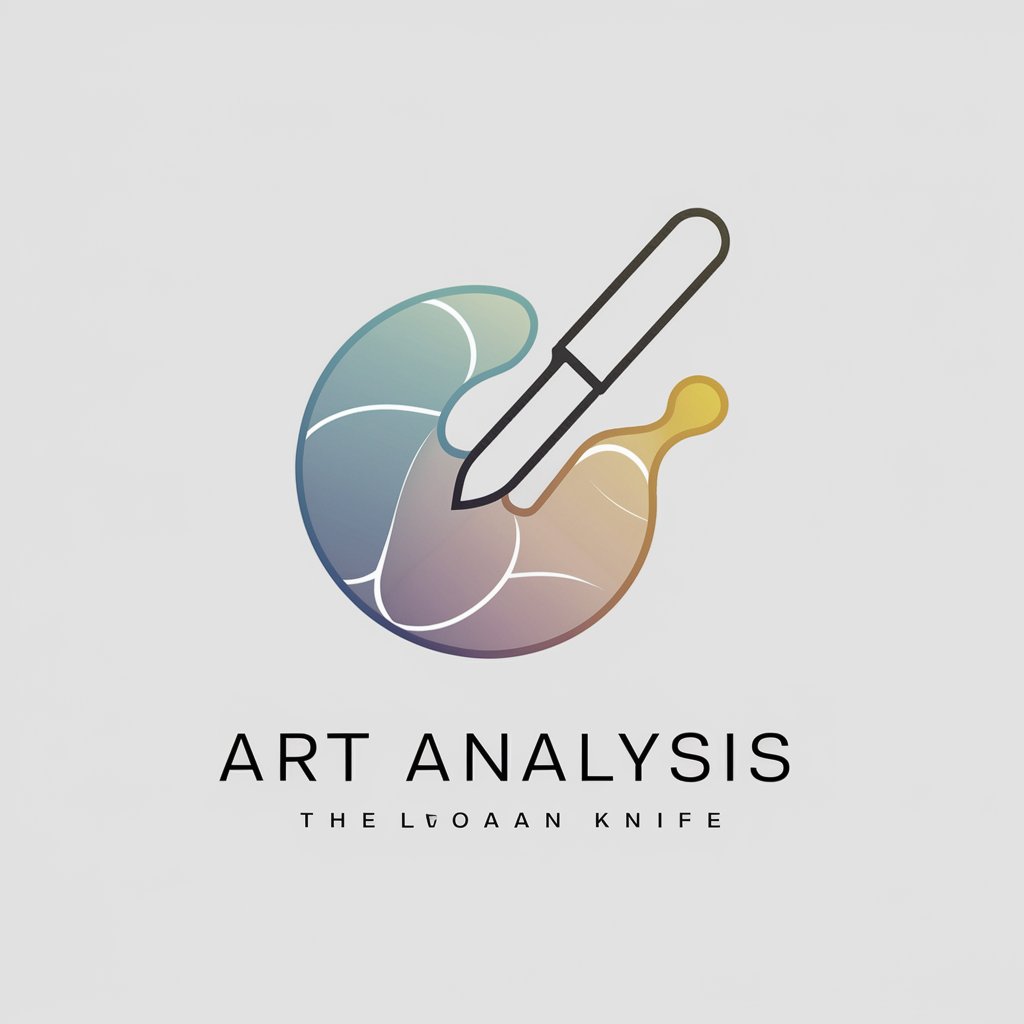
Watercolor Artist
Bringing Your Photos to Artistic Life
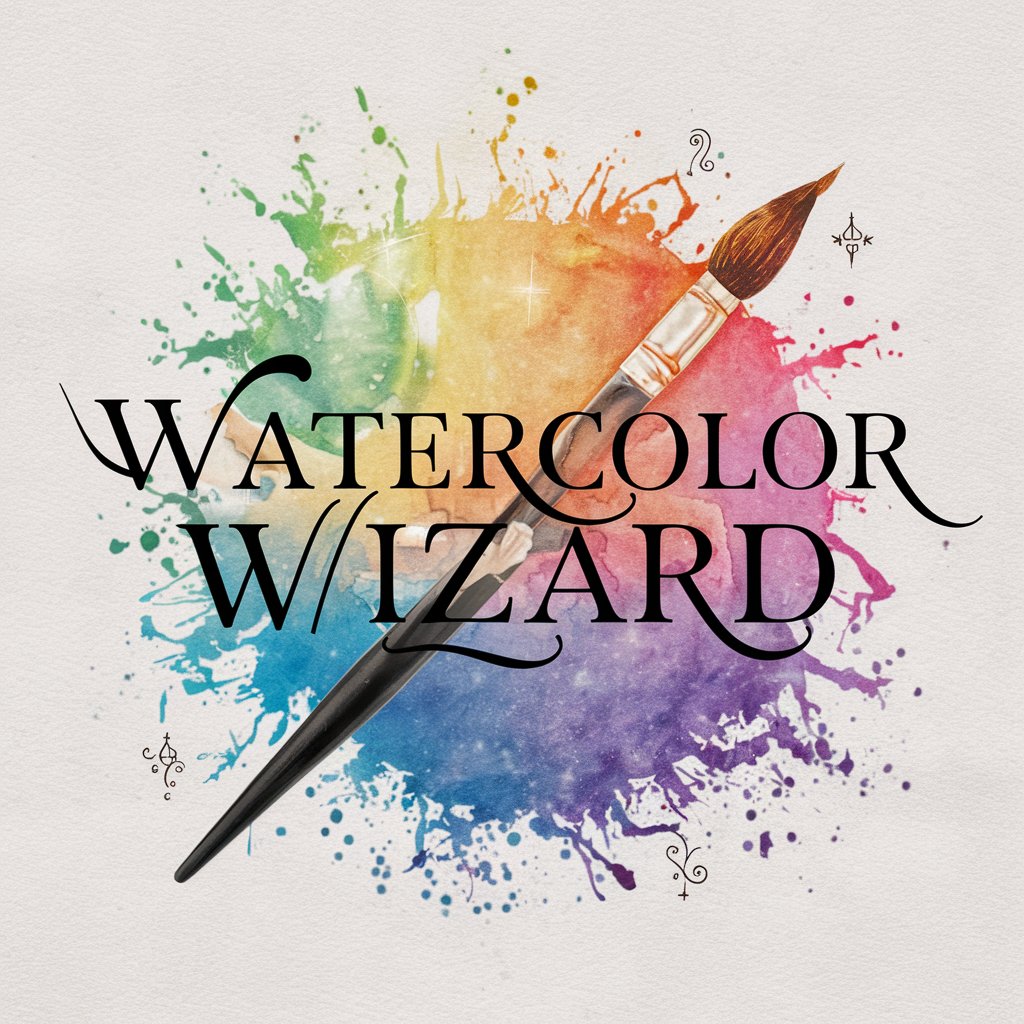
8-Bit Aliens, a text adventure game
Retro Alien Invasions at Your Command
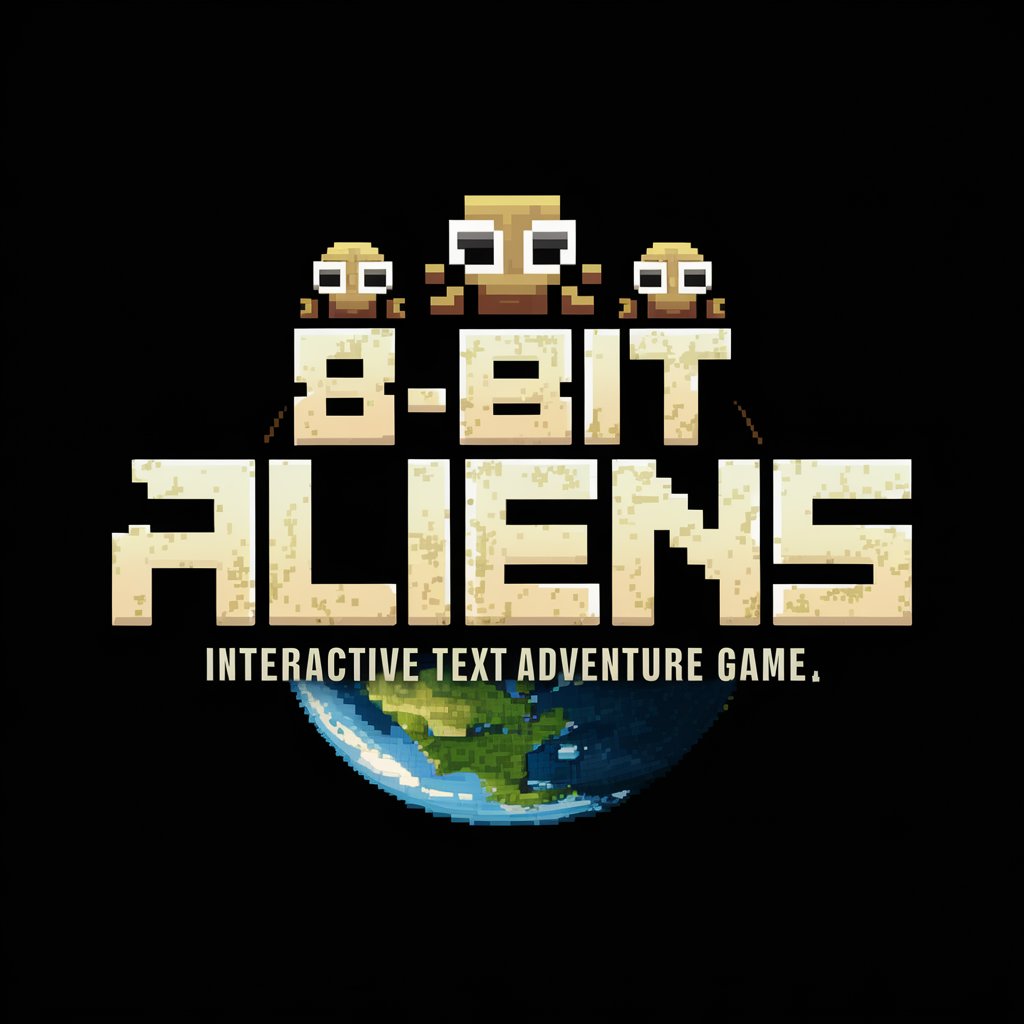
Artistic Insights with Enhanced Knowledge
Empowering Creativity with AI Insight
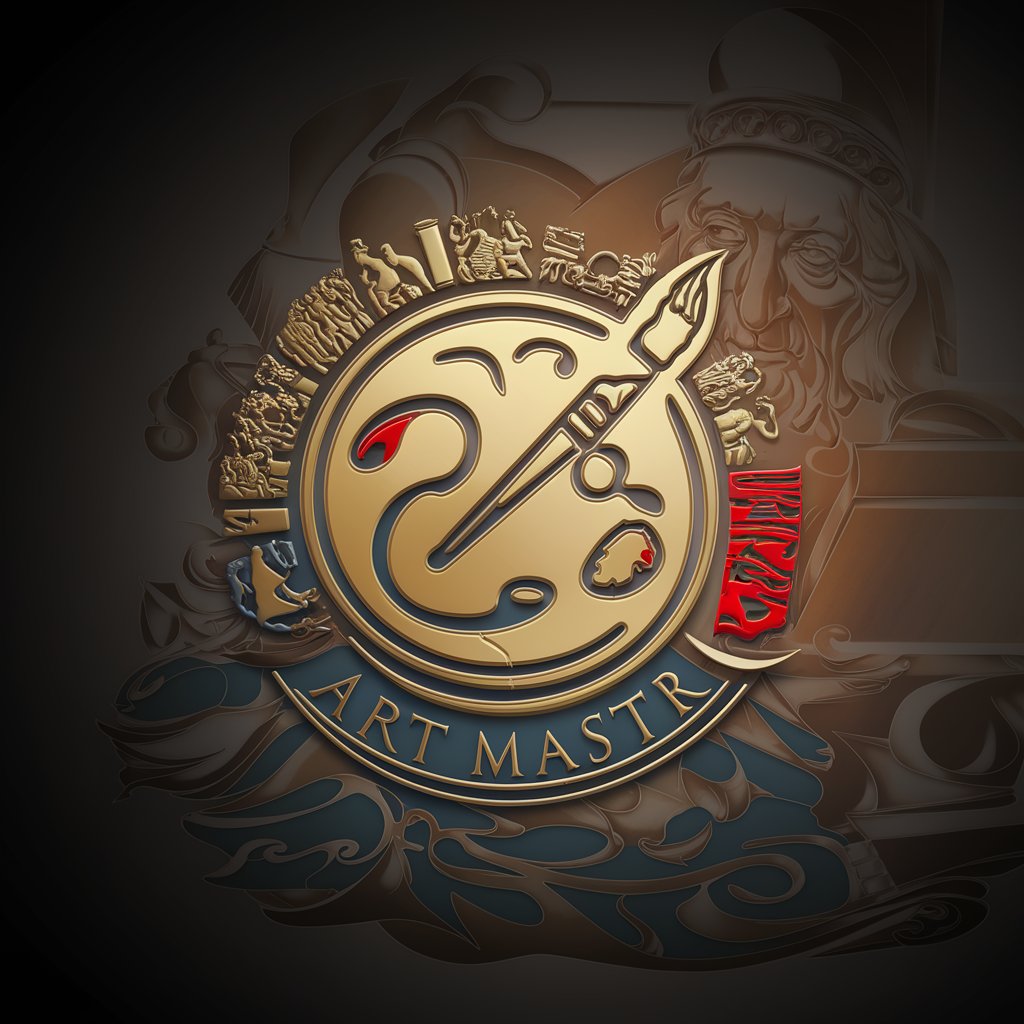
Key Attributes of Art Style AI Tools
These GPT tools for Art Style are distinguished by their versatility and depth of knowledge in the art domain. Core features include advanced image generation capabilities, enabling the creation of artworks in specific styles upon request. They support natural language processing for interpreting and generating art-related content, and offer technical support for art analysis, including style classification and trend analysis. Moreover, their adaptability allows for applications ranging from simple art style identification to complex artistic creation, making them invaluable assets in the art and design sectors.
Who Benefits from Art Style AI Applications
The primary beneficiaries of AI GPTs for Art Style include artists seeking to explore new creative avenues, art historians and educators looking for analytical tools, and developers creating art-focused applications. These tools are designed to be accessible to novices without coding skills, offering intuitive interfaces, while also providing advanced customization options for professionals and developers with programming expertise. This broad accessibility ensures that anyone with an interest in art and technology can leverage these tools to their advantage.
Try Our other AI GPTs tools for Free
Art Tool
Discover the transformative power of AI GPTs for Art Tool, revolutionizing the creative process with advanced, user-friendly technology.
Image Guidance
Discover how AI GPT tools for Image Guidance are revolutionizing tasks related to image analysis, creation, and manipulation with tailored, accessible solutions for professionals and novices alike.
Gender Counseling
Explore how AI GPTs for Gender Counseling are revolutionizing support and advice on gender-related issues, offering personalized, accessible, and empathetic AI-driven counseling.
Preparation Advice
Discover how AI GPTs for Preparation Advice can transform your planning and decision-making with personalized, data-driven insights.
Adaptation Assistance
Explore AI GPTs for Adaptation Assistance: Tailored AI solutions for seamless adaptation in diverse fields. Discover user-friendly, customizable tools for real-time support and insights.
Seasonal Updating
Discover AI GPTs tailored for Seasonal Updating: versatile tools designed to adapt content, analysis, and insights based on seasonal trends, enhancing relevance and accuracy for various industries.
Expanding Horizons with Art Style AI
AI GPTs for Art Style not only simplify the analysis and creation of art but also democratize access to art creation and understanding. Their user-friendly interfaces ensure that both artists and enthusiasts can explore art in innovative ways. Furthermore, the integration of these tools into existing systems opens up new possibilities for enhancing creative workflows and educational platforms, bridging the gap between technology and traditional art forms.
Frequently Asked Questions
What exactly are AI GPTs for Art Style?
AI GPTs for Art Style are specialized AI tools designed to understand, generate, and analyze art and design styles using the GPT framework. They can create art, identify styles, and offer insights into art trends.
How do these tools differ from general AI models?
Unlike general AI models, these tools are specifically trained on art-related data, making them more adept at tasks within the art domain, such as style recognition, trend analysis, and artistic creation.
Can I use these tools to generate art in a specific style?
Yes, these tools can generate art in specific styles based on input parameters or descriptions, thanks to their advanced image generation capabilities.
Are these tools accessible to those without programming skills?
Absolutely. They are designed to be user-friendly for non-programmers, with intuitive interfaces that simplify complex tasks.
Can developers customize these AI tools for specific applications?
Yes, developers can access advanced customization options, allowing them to tailor the tools for specific applications or integrate them into existing workflows.
What are the potential applications of AI GPTs in the art world?
Potential applications include creating art, analyzing artistic trends, classifying art styles, enhancing educational tools, and supporting curatorial decision-making.
Do these AI tools support analysis of historical art trends?
Yes, they can analyze vast datasets to provide insights into historical art trends and stylistic evolutions over time.
How do these AI tools stay updated with new art styles?
They continuously learn from newly available art data and user interactions, ensuring they remain up-to-date with the latest art styles and trends.